Hydraulic cylinders are the workhorses of countless industries, powering everything from construction equipment to factory machinery. But like any hardworking machine, they’re susceptible to wear and tear, and one of the biggest threats to their lifespan is hydraulic oil contamination.
Contamination in your hydraulic system, often in the form of microscopic particles of dirt, debris, or even water, can have a devastating impact on your cylinders. These tiny invaders act like sandpaper, wearing down seals and scratching the inner surface of the cylinder. This not only leads to leaks and reduced performance, but also allows even more contaminants to enter, creating a vicious cycle of damage.

Here's how hydraulic oil contamination wreaks havoc on your hydraulic cylinders:
- Seal wear and tear: Contaminated oil accelerates the wear and tear of seals, causing them to harden, crack, or leak. This not only reduces efficiency but also allows even more contaminants to enter the system.
- Scratches and internal damage: The abrasive nature of contaminants can scratch the inner surface of the cylinder, reducing its lifespan and increasing the risk of further wear and tear.
- Performance decline: As seals wear and the cylinder becomes damaged, overall performance suffers. You may experience reduced force, erratic movement, and increased noise.
Preventing hydraulic oil contamination is crucial for ensuring the longevity and optimal performance of your hydraulic cylinders. Here are some key steps you can take:
- Regular oil changes: Follow the manufacturer’s recommended oil change intervals and use high-quality, filtered hydraulic oil.
- Proper filtration: Ensure your system has efficient filters in place to capture contaminants before they reach the cylinders.
- Regular inspections: Regularly inspect your system for leaks, loose connections, and any signs of wear and tear.
- Sealing best practices: Use proper techniques and the right tools when replacing seals to minimise the risk of contamination during the process.
By taking these steps, you can significantly reduce the risk of hydraulic oil contamination and keep your hydraulic cylinders operating smoothly and efficiently for years to come. Remember, an ounce of prevention is worth a pound of cure when it comes to protecting your valuable equipment.
By taking these steps, you can significantly reduce the risk of hydraulic oil contamination and keep your hydraulic cylinders operating smoothly and efficiently for years to come. Remember, an ounce of prevention is worth a pound of cure when it comes to protecting your valuable equipment.
Remember, at Honingcraft, we are your partners in keeping your hydraulic systems healthy and efficient. Don’t wait for a costly breakdown! Contact Honingcraft today for a comprehensive inspection of your hydraulic system and expert advice on preventing oil contamination and ensuring the smooth operation of your equipment.








